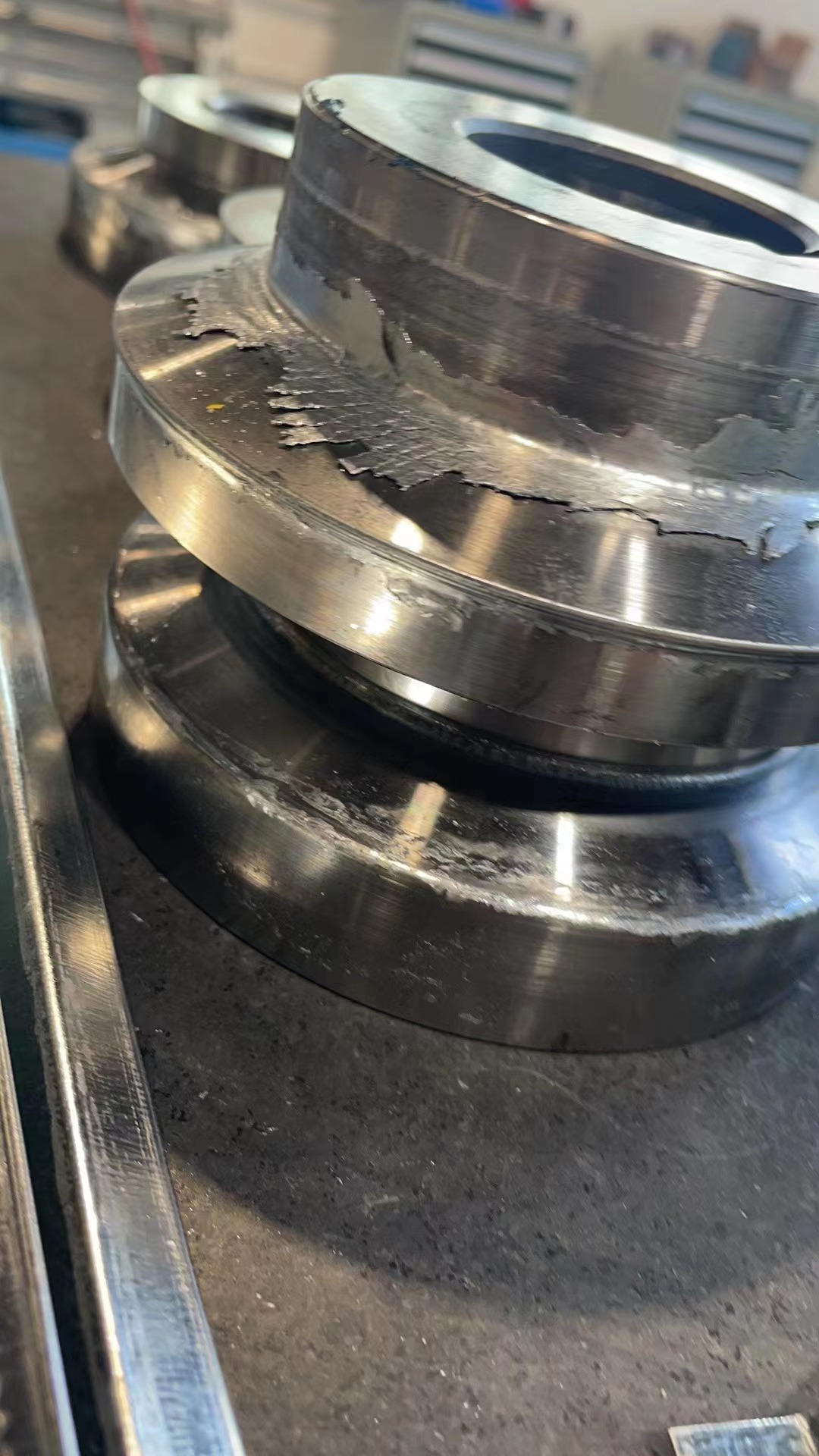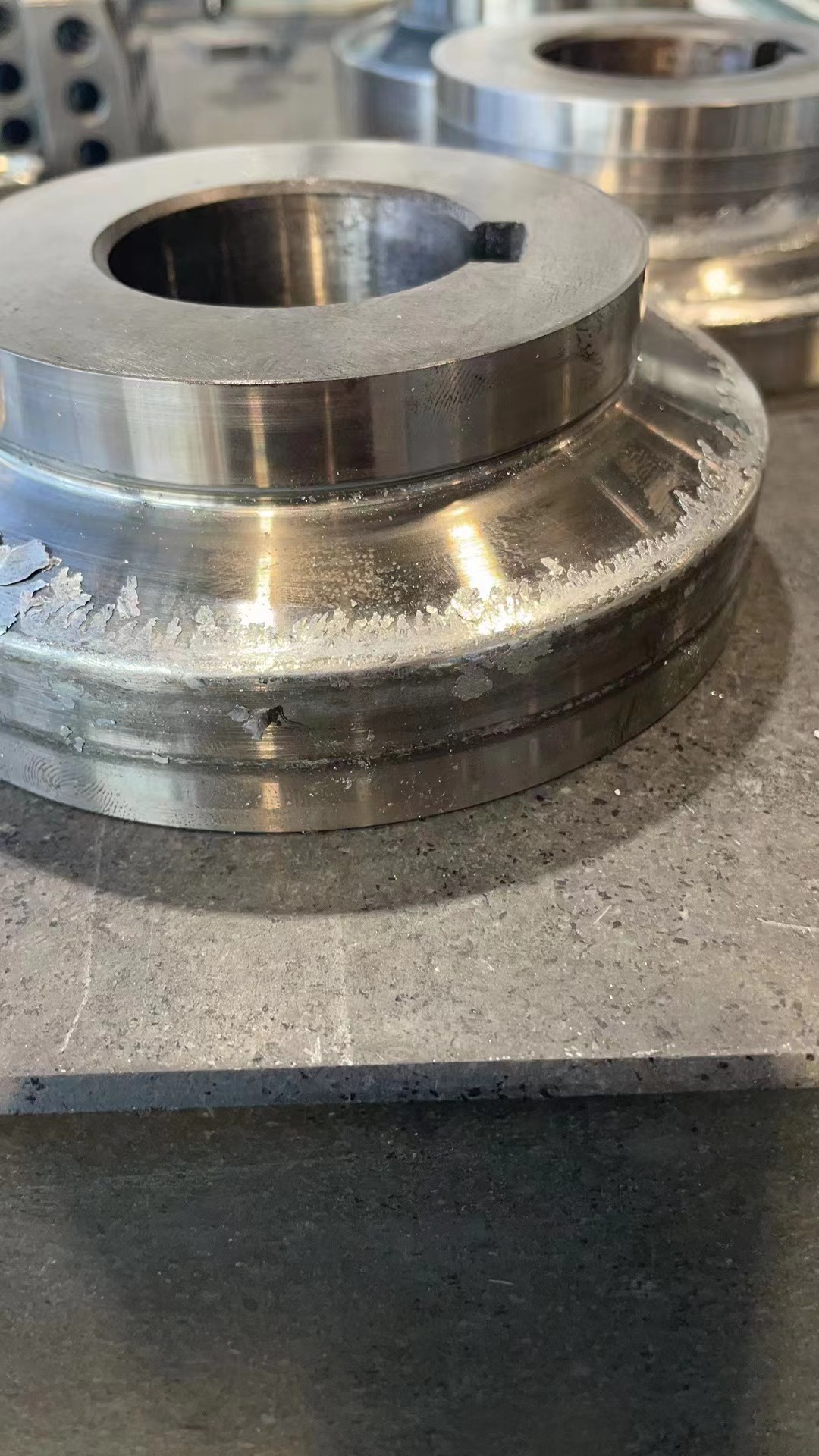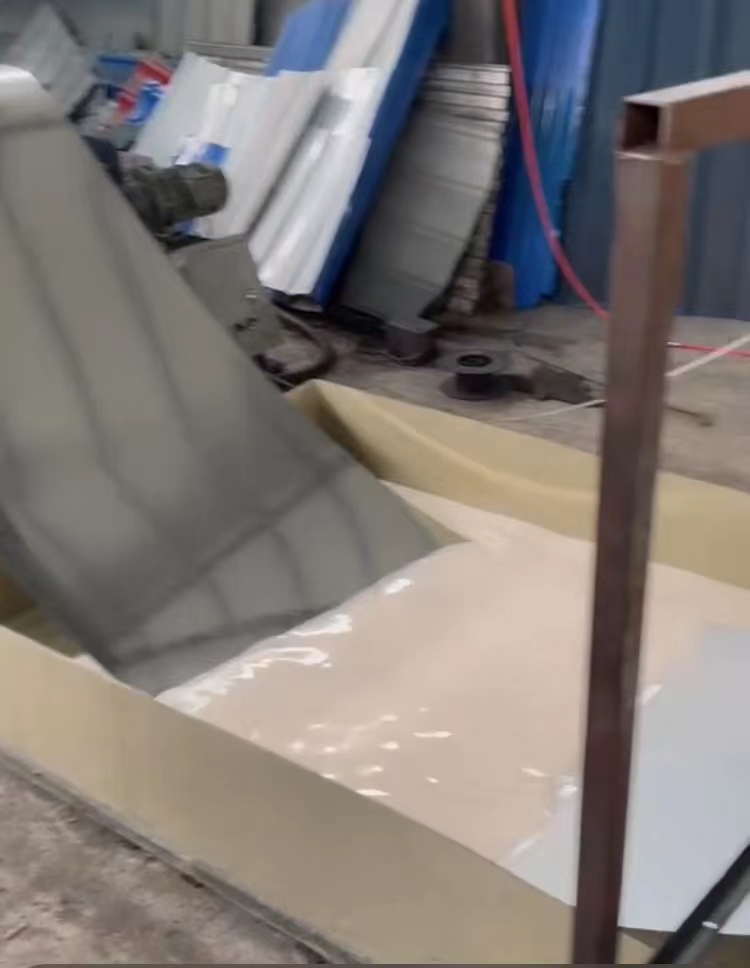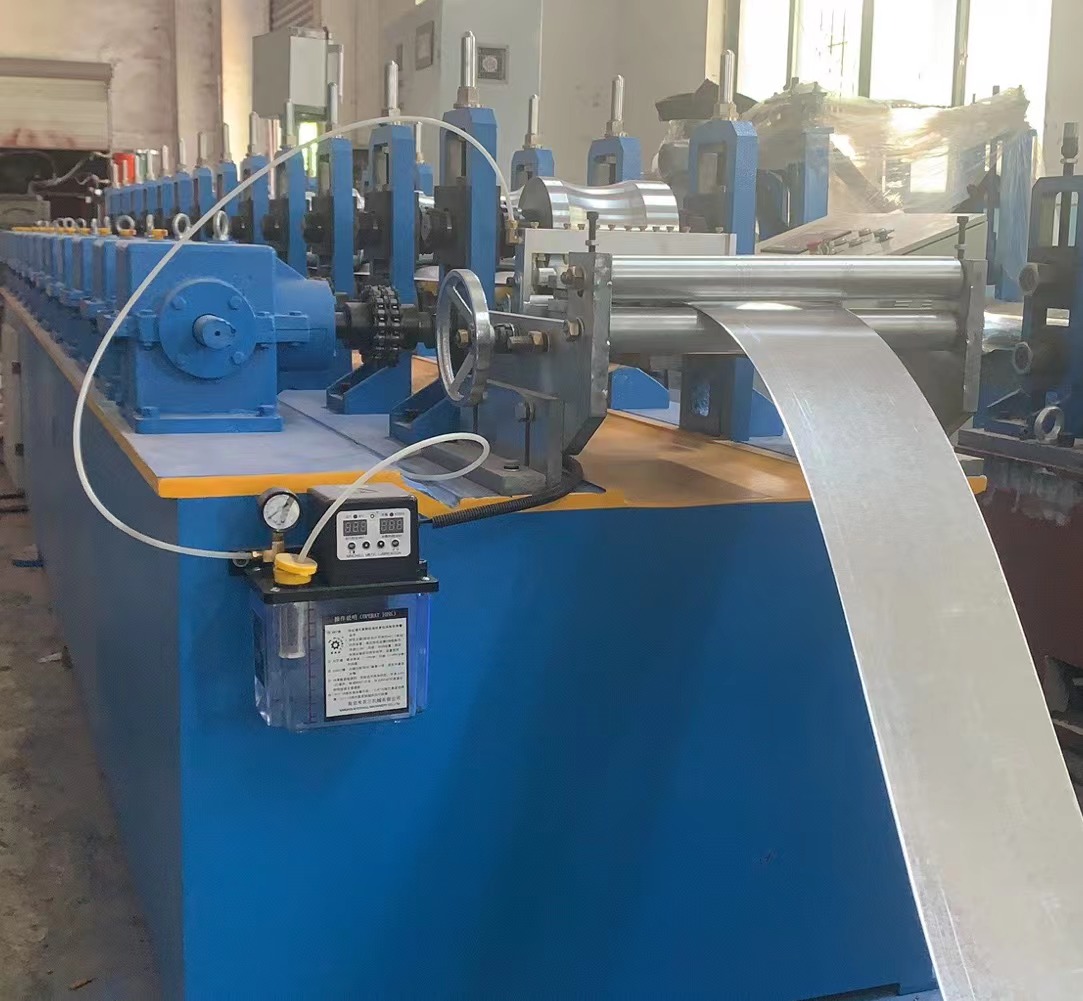In the manufacturing world, the use of cold roll forming machines is commonplace, especially using galvanized steel coils to produce products. These machines are an essential part of many industries due to their high efficiency, offering processing speeds exceeding 25 meters per minute. However, a common problem often arises – the adhesion of zinc to the rollers, particularly when the zinc layer on the steel coils is too thick. This issue can result in sub-optimal results, affecting the final quality of the products.


Galvanized steel coils, the common raw materials for these machines, sometimes come with an excessively thick zinc layer. In the course of high-speed forming, the zinc layer tends to peel off and adhere to the rollers. This adhesion can then hamper the machine’s performance and the quality of subsequent sheets being processed. It’s a scenario seen in various types of equipment, including light-keel steel roll-forming machines and metal deck roll-forming machines. However, roofing tile machines usually avoid this problem due to their slower speeds and sometimes the use of pre-painted galvanized iron (PPGI).
To mitigate this, there are several effective solutions:
- Demagnetizer Placement: One approach is to place a demagnetizer near the roller processing equipment. This reduces the magnetism of the rollers, thereby reducing the likelihood of zinc residue adhering to them. It’s a simple and efficient solution, helping maintain the quality of the output.
- Pre-treatment with Soapy or Emulsion Water: Another strategy involves pre-treating the galvanized raw material. Before entering the forming machine, the material is passed through soapy water or an emulsion liquid. This process aids in reducing the adhesion of zinc to the rollers, thereby enhancing the machine’s performance.

- Oil Coating Device at the Inlet: Finally, adding an oil-coating device at the feeding inlet can also prove effective. This device applies a thin layer of oil on the material as it enters the machine, which helps in reducing the friction during the forming process, and thus, prevents zinc from peeling off and adhering to the rollers.

By employing these strategies, manufacturers can significantly reduce the problem of zinc adhesion, ensuring smooth operations and consistent product quality. While it might require an upfront investment, the long-term benefits in terms of reduced maintenance costs and improved product quality make it a worthwhile consideration.
In conclusion, while zinc adhesion can be a challenging problem in the cold bending forming process, it is far from insurmountable. By implementing these practical solutions, manufacturers can keep their machines running optimally, ensuring a high-quality product while maintaining operational efficiency.
